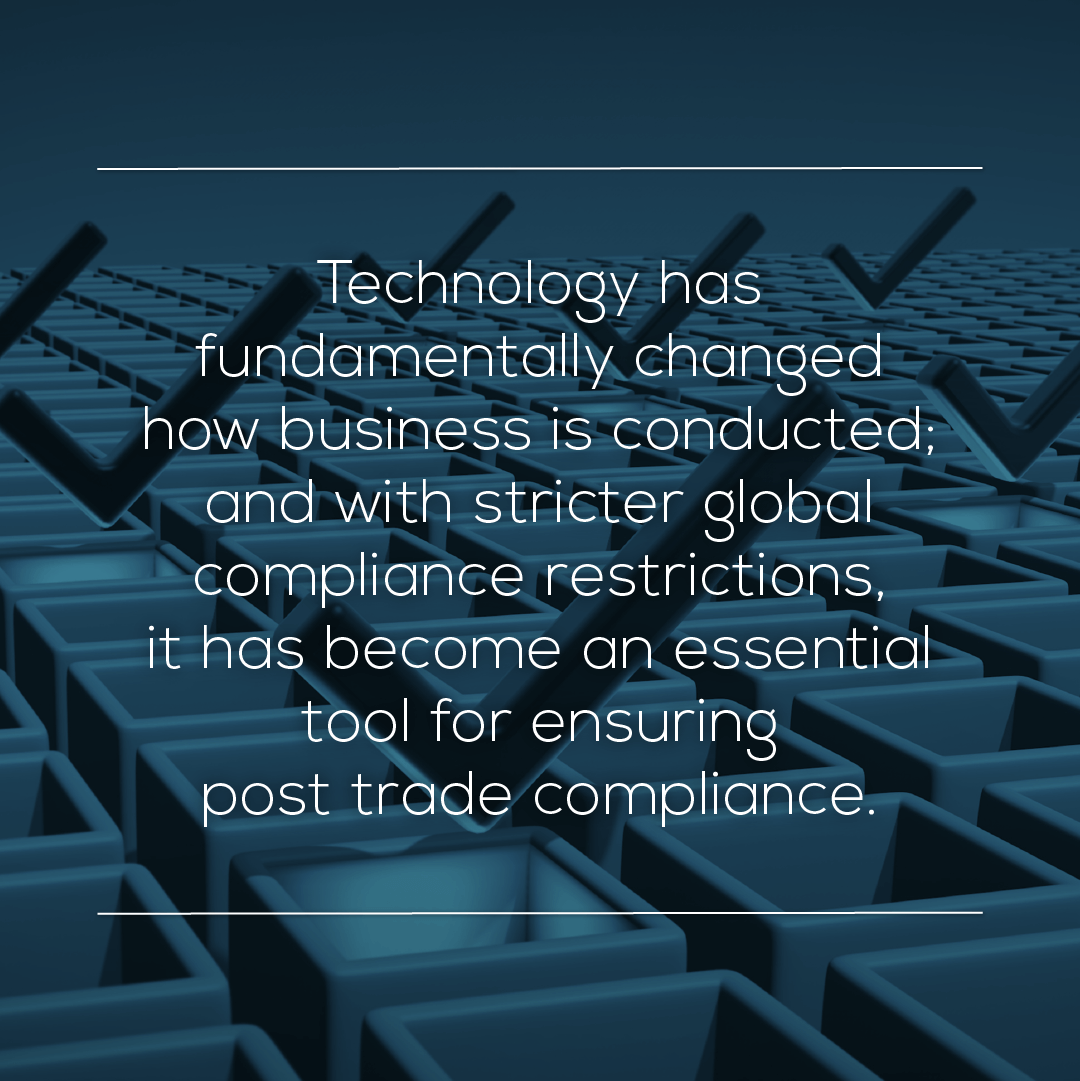Research has found that far too many companies still conduct compliance monitoring manually, which naturally increases the risk of errors and reduces efficiencies. This situation is further exacerbated by the need to comply with a wide range of global financial regulations across different regions; such as Europe’s Transparency Directive and Undertakings for Collective Investments in Transferable Securities (UCITS), Canada’s National Instrument 81-102 — Investment Funds and the US Investment Company Act of 1940 to highlight a few.
 By its very nature, compliance legislation is complicated to interpret, more so when a myriad of legislative rules must be complied with and monitored manually, across multiple spreadsheets and embedded macros. Manual compliance monitoring is not only time consuming and at risk of error, but also lacks sufficient audit trails and – crucially – may not provide sufficient warning of the potential for breaches.
By its very nature, compliance legislation is complicated to interpret, more so when a myriad of legislative rules must be complied with and monitored manually, across multiple spreadsheets and embedded macros. Manual compliance monitoring is not only time consuming and at risk of error, but also lacks sufficient audit trails and – crucially – may not provide sufficient warning of the potential for breaches.
Technology has fundamentally changed how business is conducted; and with stricter global compliance restrictions, it has become an essential tool for ensuring post trade compliance.
By way of example, the Transparency Directive (TD), issued in 2004 and revised in 2013 aims to ensure transparency of information for investors through regular disclosures and the on-going dissemination of information to the public. Central to this directive is the shareholders to notify major holdings of voting rights to competent authorities and issuers.
A shareholder acquiring or selling shares has to notify the issuer of such transactions as soon as the acquisition or disposal of shares results in an amount of voting rights that exceeds, falls below or reaches the threshold – for example the German Authority, BaFin (Federal Financial Supervisory Authority) places the thresholds at 3%,5%, 10%, 15%, 20%, 25%, 30%, 50% and 75%.
In the South African context, the Transparency Directives (Voting Notifiable) can be compared to the Companies Act (2008). Section 122 requires notification in the event that a ‘beneficial interest in sufficient securities of a class’ is acquired or disposed of. In this case, the threshold is at 5%, 10%, 15% or any further whole multiple of 5%.
Because notifiable limits are complex by their nature, compliance demands highly accurate, ongoing interventions – well beyond the capacity of most organisations if approached manually.
To address this challenge, StatPro developed a comprehensive global Transparency Directive rule book, which enables effective and efficient monitoring of thresholds to ensure that risks are minimised and managed in a holistic manner. This pre-packaged rule book, SPC Transparency Directive, caters for the majority of the European Union nations and clearly stipulates the limits imposed per country. Furthermore, the rule book supports the entire compliance life cycle for an organisation, providing automated alerts to manage possible contraventions – with thresholds or breach limits customisable to any percentage of tolerance required. Similar rule books have been developed to address the compliance challenges in other regions and to enable the rapid deployment of an effective post trade compliance solution.
Automation and advanced post trade solutions are essential for supporting compliance, as well as for improving efficiencies by removing the mundane, time-consuming and error prone manual activities that can hamper innovation and growth. In line with the saying ‘If you don’t evolve, you will die’, it has become imperative for businesses learn to harness technology to underpin their compliance function, in order to remain relevant and competitive.
{{cta(‘d7472804-ad2d-4483-aeb8-1a62562d49c2’)}}